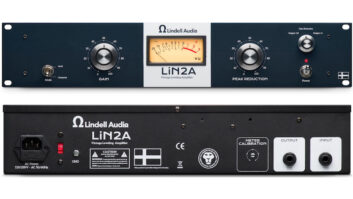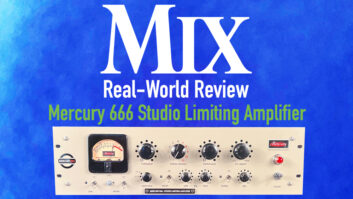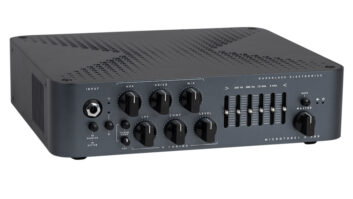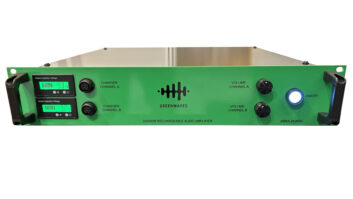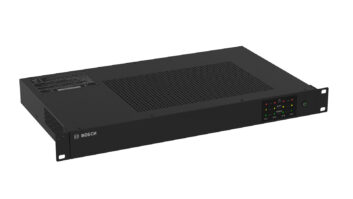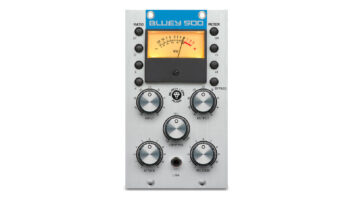
Some 40 years after its invention, the story of the Teletronix LA-2A continues to be written, but one thing that remains constant is the demand for this mono optical tube compressor limiter, even in these days of digital production. Originally patented by Jim Lawrence in 1965, the LA-2A was produced by Teletronix in Pasadena, Calif., which soon after became a division of Babcock Electronics. A few years later, Babcock’s Broadcast Products division was acquired by Bill Putnam’s Studio Electronics Corporation, shortly before he changed the company name to UREI.
The LA-2A’s gain control scheme was revolutionary: Gain reduction was controlled by applying the audio voltage from a tube peak detector to an electroluminescent panel that glowed onto a light-sensitive, cadmium-sulfide resistor, with a second matched photoconductive cell controlling the metering section. With up to 40 dB of smooth gain limiting, flat 30 to 15,000Hz (±0.1dB) frequency response and low-noise performance, the LA-2A soon became a studio standard.
By 1969, tube gear had fallen out of favor, and the LA-2A was replaced with the “improved” solid-state LA-3A. Later, UREI was purchased by Harman Professional, which made a couple short (200-unit) reissue runs of the LA-2A—first in the late-’70s and then in the 1980s. In 1999, the sons of Bill Putnam regained the UREI brand from Harman and began manufacturing meticulously hand-built LA-2As, 1176s and other UREI studio gear under the Universal Audio brand, delivering the first products in May 2000. The industry’s reaction to these classic re-creations has been overwhelmingly positive. Imagine that.


